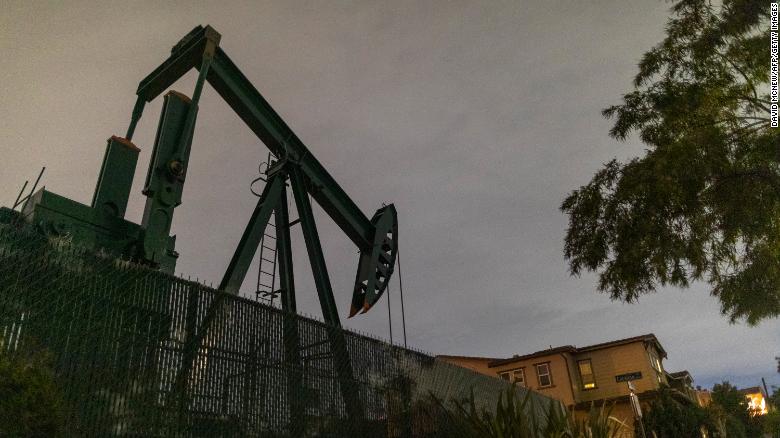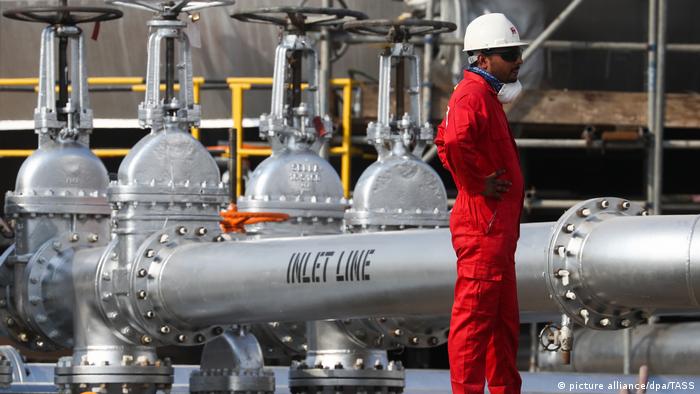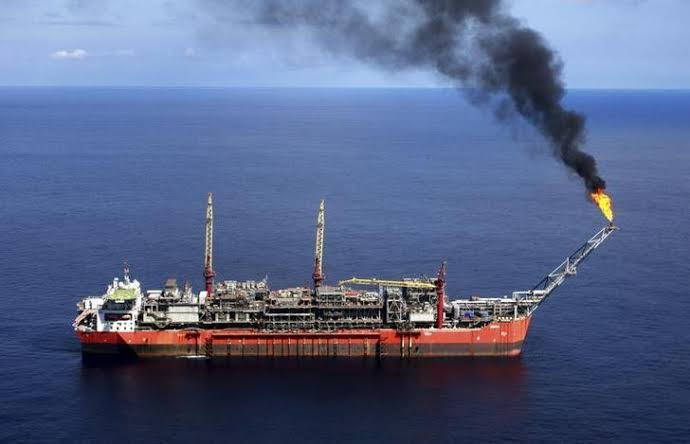News
Breaking! Oil Price Falls Below $1
Oil prices crashed into negative territory for the first time in history as the evaporation of Oil demand caused by the coronavirus pandemic has left the world awash with oil and not enough storage capacity — meaning producers are paying buyers to take it off their hands.

Demand for oil has all but dried up as lock-downs across the world have kept people inside. The price of a barrel of West Texas Intermediate (WTI), the benchmark for US oil, fell as low as minus $-37.63 a barrel. As a result, oil firms have resorted to renting tankers to store the surplus supply and that has forced the price of US oil into negative territory.
Since the start of the year, oil prices have plunged after the compounding impacts of the coronavirus and a breakdown in the original OPEC+ agreement. With no end in sight, and producers around the world continuing to pump, that’s causing a fire-sale among traders who don’t have access to storage.
The extreme move showed just how oversupplied the U.S. oil market has become with industrial and economic activity grinding to a halt as governments around the globe extend shutdowns due to the swift spread of the coronavirus. An unprecedented output deal by OPEC and allied members a week ago to curb supply is proving too little too late in the face a one-third collapse in global demand.
There are signs of weakness everywhere. Even before Monday’s plunge, buyers in Texas were offering as little as $2 a barrel last week for some oil streams. In Asia, bankers are increasingly reluctant to give commodity traders the credit to survive as lenders grow ever more fearful about the risk of a catastrophic default.
In New York, West Texas Intermediate for May delivery dropped as low as negative $40.32 a barrel. It’s far below the lowest level previous seen in continuation monthly data charts since 1946, just after World War II, according to data from the Federal Reserve Bank of St. Louis. Brent declined 8.9% to $25.57 a barrel.
Crude stockpiles at Cushing — America’s key storage hub and delivery point of the West Texas Intermediate contract — have jumped 48% to almost 55 million barrels since the end of February. The hub had working storage capacity of 76 million as of Sept. 30, according to the Energy Information Administration.





